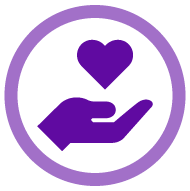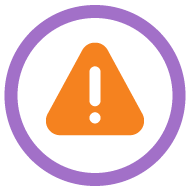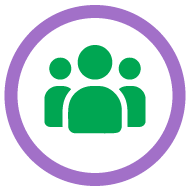We can help you to access support and services as follows:
Anyone can make a referral to SVAT, or you can self-refer. The referral will be assigned to the Safeguarding Connector who will:
We work in connection with other supports and services to assist people to be safe and feel safe, retain their independence, and increase their resilience and wellbeing.

This coordinated response ensures that an adult at risk remains in control of the decision making, and that there is a common understanding of the risks and the necessary steps to ensure safety and enhanced wellbeing. It can work in conjunction with other supports such as advocacy and supported decision making. The goal is to assist people to feel and be safe, retain independence and increase resilience and wellbeing.
If you know someone who is at risk of harm, neglect or abuse within the community you are able to make a referral to SVAT for support and guidance.
Safeguarding is everybody’s business. It means protecting an adult’s right to live in safety, free from abuse, neglect and harm.
Abuse can take place anywhere.
Abuse means illegal, improper or harmful practice. It can take a number of different forms, including:
The person who is responsible for the abuse is often well known to the person abused. They could be:
If you know someone well you may notice changes in their behaviour or appearance. These might be big or small changes, and might happen over a long period of time or suddenly.
Here are some changes that might mean someone is being abused. This is not a full list, but these are some of the things you can look out for:
It can be difficult to be sure that someone is being abused, but if you are concerned that abuse might be going on, we would always encourage you to raise your concerns.

Role of the Connector
The Connector works with other supports like advocacy and supported decision making to assist people to be safe and feel safe, retain independence, and increase their resilience and wellbeing.
If you would like to be put in touch with the SVAT Connector please contact us.

An adult who is at-risk of neglect, abuse, mistreatment or harm is very vulnerable and it is our goal to prevent harm and provide support.
Although this population is varied and diverse, adults at-risk may include people with intellectual disabilities, people with physical disabilities, elderly, and those without support systems.
For assistance please contact us.

A group of professionals that work for different agencies with adults at-risk within our local Taranaki community. The panel meets monthly to ensure that there is accountability within the process, and clarity regarding different cases.
Email:
svat@xtra.co.nz
Phone:
(06) 7591492 ext 7
0272932546
We are based at:
Taranaki Community Law
Vero House
Level 1/10 – 12 Devon St East
New Plymouth 4340
(Post to PO Box 8313)
If requiring urgent police support, please dial 111, or 105 for a non-emergency police response.
Site by Filament Design